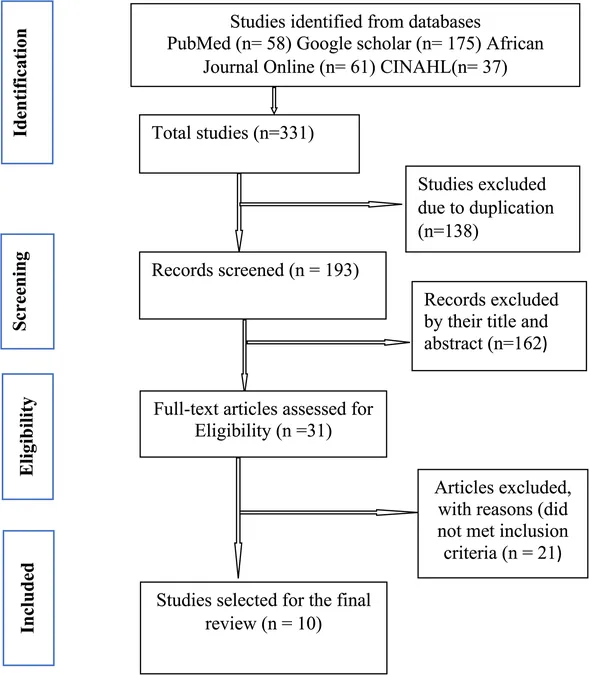
Breakthrough Study Links Weight-Loss Injections to Lower Risk of Eye Inflammation
2025-08-28
Author: Nur
A groundbreaking study from Cleveland Clinic's Cole Eye Institute reveals a surprising benefit of injectable obesity medications known as GLP-1 receptor agonists (GLP-1RAs): a significant reduction in the risk of non-infectious uveitis, an inflammatory eye condition.
Uveitis, which affects the uvea—the middle layer of the eye—can lead to severe consequences, including permanent vision loss. With approximately 4 million new cases diagnosed globally each year, this condition often manifests with painful symptoms like redness and blurred vision.
The research indicates that patients using GLP-1RAs had a notably lower risk of developing new-onset non-infectious uveitis compared to control patients, as well as those treated with insulin and metformin. These findings, published in JAMA Ophthalmology, suggest that GLP-1RAs may have anti-inflammatory effects extending beyond blood sugar control.
Certain groups, including those with a family history, genetic predispositions, or other autoimmune diseases, face higher risks of uveitis. For these individuals who qualify for weight-loss or diabetes medications, the study's insights are promising. It implies that GLP-1RAs could provide an extra layer of protection against developing this painful eye condition.
Dr. Sumit Sharma, a retina and uveitis specialist, expressed excitement over the study's findings, noting that this is the first evidence of a protective effect of GLP-1RA therapy related to autoimmune disease. "This demonstrates that these medications offer more than weight loss and diabetes management," he stated.
The research utilized data from over 516,000 patients between 2006 and 2025, leveraging TriNetX's vast electronic health record network. It carefully compared two main groups: one receiving GLP-1RAs and a control group that never had such prescriptions.
Among all participants, those on GLP-1RA treatment experienced a remarkable 51.7% reduction in the incidence of newly diagnosed non-infectious uveitis. This protective effect remained consistent across different subgroups, reinforcing the potential of these medications in eye health.
Conventional treatments for non-infectious uveitis often involve steroids or long-term immunosuppressive therapy for chronic cases. These new findings pave the way for a potential shift in how we approach not only weight management and diabetes control but also inflammatory eye diseases.
While additional studies are warranted, this research spotlights the exciting potential of GLP-1RAs in reducing the risks associated with non-infectious uveitis, signaling hope for those affected by this challenging condition.




 Brasil (PT)
Brasil (PT)
 Canada (EN)
Canada (EN)
 Chile (ES)
Chile (ES)
 Česko (CS)
Česko (CS)
 대한민국 (KO)
대한민국 (KO)
 España (ES)
España (ES)
 France (FR)
France (FR)
 Hong Kong (EN)
Hong Kong (EN)
 Italia (IT)
Italia (IT)
 日本 (JA)
日本 (JA)
 Magyarország (HU)
Magyarország (HU)
 Norge (NO)
Norge (NO)
 Polska (PL)
Polska (PL)
 Schweiz (DE)
Schweiz (DE)
 Singapore (EN)
Singapore (EN)
 Sverige (SV)
Sverige (SV)
 Suomi (FI)
Suomi (FI)
 Türkiye (TR)
Türkiye (TR)
 الإمارات العربية المتحدة (AR)
الإمارات العربية المتحدة (AR)